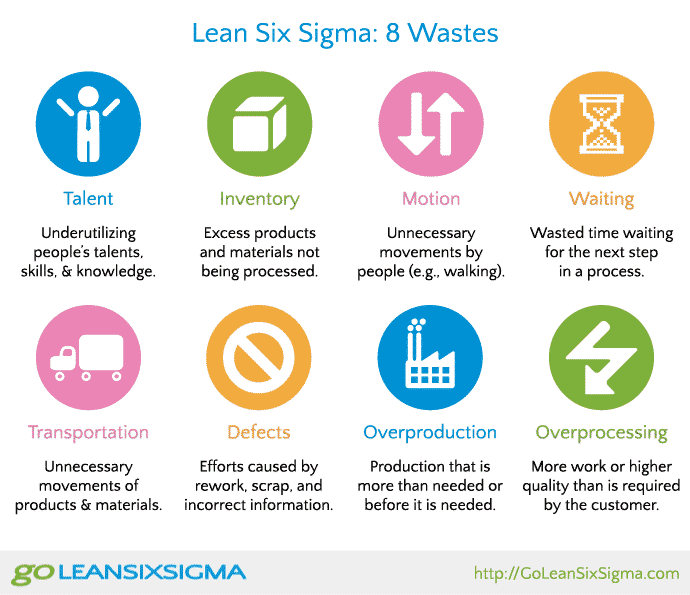Construction waste
management is as complex a topic as the structure themselves having many
variations and nuisances that have held construction as one of the most
wasteful industries. Researchers have well documented a number of inherent
causes for construction site waste and associated the reluctance to modify
these wasteful behaviors. General concern for the environment and
sustainability seems to be at an upward but glacial pace as the need to
minimize waste continues to be a goal the has not been met.

It is incumbent
upon any researcher seeking to find solutions to a dilemma to have a special
grasp as to the essence of the issue. Understanding this it is important to
come to a consensus on what waste is. In the general sense, “waste is the
opposite of sustainability (Ma 2011).” In the book No Waste Uly Ma offers up several applicable and time definitions
as waste relates to construction. The first is “waste is at that is discarded
but can still be used to deliver value.” The second is “waste is any activity
that does not add value (Ma 2011). ” Both of these aspects are crucial
according to Ma when attempting to mitigate the unsavory amount of waste
production in the construction industry.
These two definitions work together because they cover the whole spectrum
of a construction project. Value is related to the aspects of talent, ideas,
efforts, time, morale, and productivity. These are intangibles that contribute
to waste in a very tangible way in the end. The first definition deals more
with the generally accepted definition for construction waste. Based on these
definitions Ma concluded that “reducing waste is probably one of the most
direct way[s] of doing sustainability. He catalogued “Eight wastes” the account for both of his definitions of
waste: waiting, over-complex procedures, not working to plan, overdoing or
redoing, excessive transport, over stocking defects/mistakes/errors, and lost
ideas and innovations (Ma 2011). With construction waste management, it is
crucial that all these aspects be taken into consideration.


In many cases it
is understood that “the most successful way of dealing with waste is not to
produce it (Addis 2006).” Bill Addis, author of Building with Reclaimed Components and Materials wrote about waste
in the context of the life cycle of materials. He stated that there were two
types of cycles: the linear life cycle of materials and goods and the
closed-loop cycle of materials. The linear cycle is the cycle that has caused
the current landfill space issues due to the “cradle to grave” characteristic
of the throwaway society.” The process
begins with extraction, to manufacture, to product, to use, to demolition, to
waste (Addis 2006). In order to minimize the waste disposed of at the landfill
Addis proposed that once material gets to the use phase after that it is either
dismantled for reclamation refurbishment, remanufacture and reuse or it can be
demolished and recycled after its use starting the cycle again. Instead of just
focusing on the amount of material wasted Addis suggests a method for assessing
materials and manufacturing processes’ impacts on the environment by using life
cycle analysis (LCA) “which evaluates all the environmental burdens associated
with a product, process or activity(Addis 2006).”
Analyses like LCA illuminate
how much one actually saves when ensuring that materials are not being wasted
and therefore “reduce or eliminate the need to mine, harvest, or synthesize new
materials (Geiser 2001).” In the book, Materials
Matter, Kenneth Geiser notes the major resource savings that recycling
instead of disposal can have. “It is estimated that the recovery of 1 ton of
steel from scrap conserves nearly 1.5 tons of iron ore, 0.6 tons of coal, and
120 pounds of limestone(Geiser 2001).”

References
Addis, Bill (2006). “The World of Reclamation, Reuse, and Recycling.” Building with Reclaimed Components and
Materials, Eathscan, London, England, 12,59
Geiser, Kenneth (2001). “Recycling and Reuse of Materials.” Materials Matter, The MIT Press,
Cambridge, MA, 215-233
Ma, Uly (2011). “Introducing Waste: Anti-sustainability.” No Waste, MPG Books Group,
Burlington,VT, 117-138
No comments:
Post a Comment